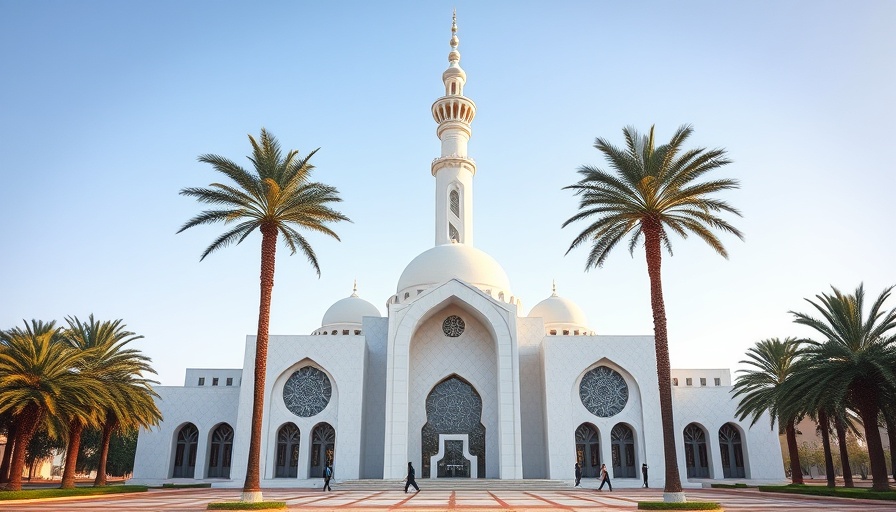
Reimagining Home with Food in Mind
As the harvest festival season begins to unfold across the globe, the idea of homes designed to foster food production is taking root in the architectural world. These innovative spaces not only support sustainability but also provide a unique lifestyle that encourages a deep connection with nature and food sourcing. In this article, we explore nine remarkable residences that prioritize growing food at home.
1. Pojeon House: Embraces the Field
Located near Seoul, the Pojeon House, designed by Sukchulmok and BRBB Architects, curves around an existing vegetable garden—making it a true embodiment of its name, which translates to "a house that embraces the field." The interlocking volumes of the house work cleverly to shield the interior from the noise of a nearby road while allowing residents to connect seamlessly with their garden through sliding glass doors.
2. The Longhouse: A Culinary Haven in Victoria
In the heart of Australia's bushland, the Longhouse by Partners Hill is not just a residence; it’s a nexus where food grows and experiences are shared. Featuring an animal enclosure and an indoor planting area, this structure supports the cultivation of ingredients for meals prepared in an adjacent kitchen. Its dual purpose as a restaurant and cookery school enhances community ties through shared culinary experiences.
3. A Modern Take on Farmworker’s House
Hugh Strange Architects’ Farmworker's House in Cornwall captures the spirit of traditional farmsteads while incorporating contemporary design elements. Its rough-rendered exterior and timber ceilings are reminiscent of historical farms, yet it offers modern comforts. The house’s design encourages family interaction around a low-walled garden that boasts a thriving vegetable patch.
4. Hazelmead: Community-Centric Co-Housing
As the UK's largest co-housing project, Hazelmead features 53 homes arranged in a layout promoting car-free living. Designed by Barefoot Architects, residents are encouraged to cultivate crops in shared front gardens. This initiative enhances community interaction and fosters a sense of belonging, proving that food growing is as much about community as it is about sustainability.
5. The Red Roof: A Green Community Lifeline
In Vietnam, The Red Roof, designed by TAA Design, incorporates stepped planters as part of its environmentally friendly roof structure. This unique design serves not only as effective insulation but also as a community food source, demonstrating an innovative approach to urban living. With added features like a rice storage area and outdoor stove, the home stands as a model for sustainable living in densely populated areas.
6. Welcome to The Jungle House: Connecting Kids to Food Sources
This unique home designed by CplusC Architectural Workshop offers children the chance to develop a bond with their food sources through playful design elements. Featuring a fishpond where edible perch swim, the wastewater from this pond is ingeniously used to irrigate a roof garden, rich with fruits and vegetables—creating an engaging, hands-on learning environment.
7. Jintai Village: Resilience through Architecture
Following the devastating Wenchuan Earthquake of 2008, Rural Urban Framework developed Jintai Village in China to provide modern housing solutions for those affected. These homes are equipped with rooftops planted with crops, shelter for livestock, and necessary rainwater harvesting systems—demonstrating that architecture can play a pivotal role in building resilience and self-sufficiency in vulnerable communities.
8. Future Predictions: Transforming Our Living Spaces
As urbanization continues to rise, the concept of homes designed to grow food could reshape our architectural landscape. By rethinking the way we define living spaces, integrating gardening areas into homes may promote a healthier lifestyle, reduce carbon footprints, and ensure a more sustainable future.
9. The Value of Integrating Food Production into Homes
Embracing a lifestyle where homes serve as food production sites not only encourages health and sustainability but also provides emotional and social benefits. Producing food close to home fosters a sense of accomplishment, promotes community ties, and creates opportunities for children and families to bond over shared gardening experiences.
As digital nomads seek environments that offer both comfort and functionality for remote work, the notion of integrating food production into home design becomes compelling. It encourages balanced living and nurtures physical and mental well-being, echoing the need for adaptable and nurturing workspaces.
Concluding Thought
As more architects and communities embrace food-centric living, now is the perfect time to consider how our own living spaces can support both personal well-being and environmental health. Empowering ourselves with the knowledge of creating such homes brings us closer to sustainable futures. For insights or practical tips on how to transform your workspace into a nurturing environment, connect with us and explore your ideal remote setting!
 Add Row
Add Row  Add
Add 




Write A Comment